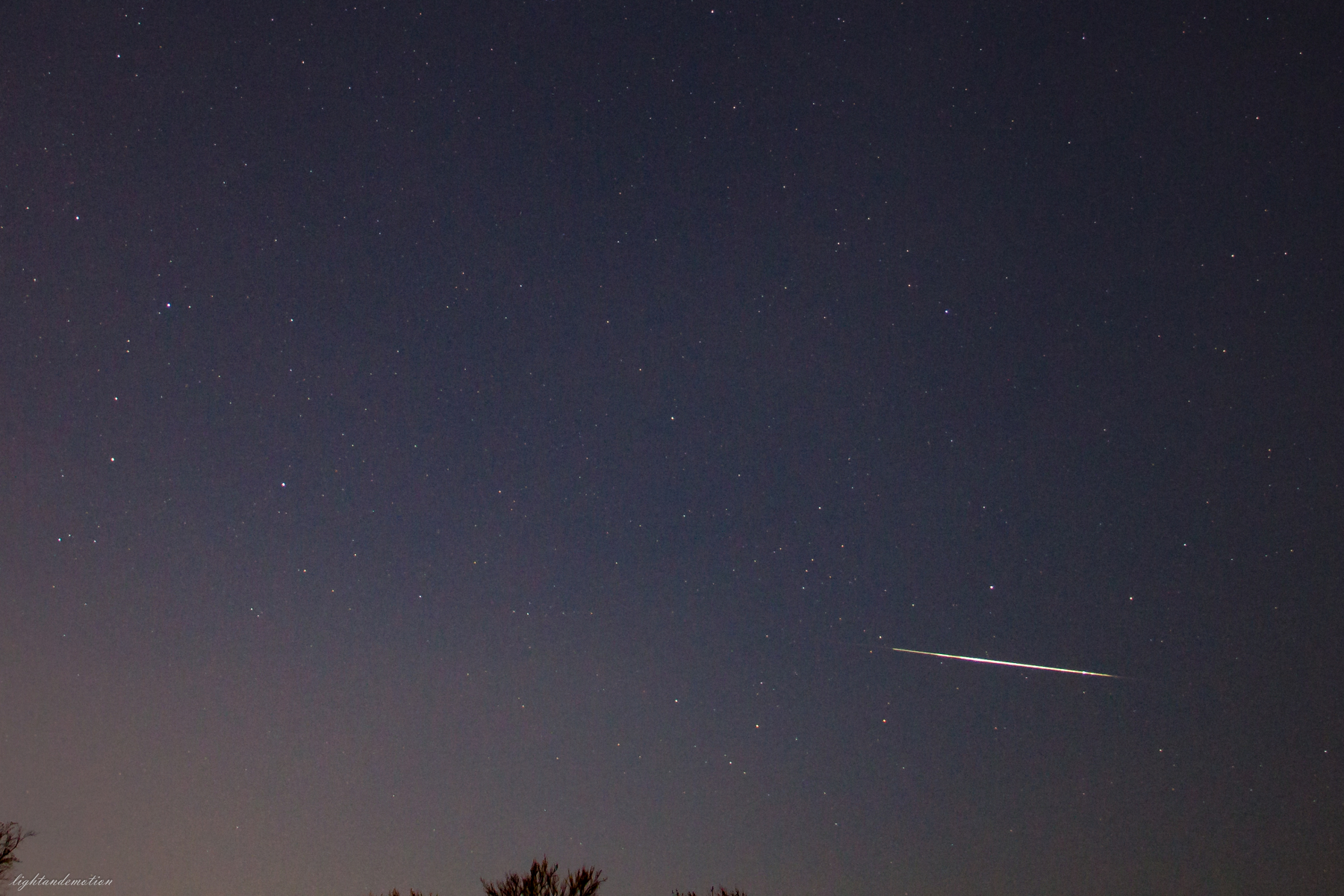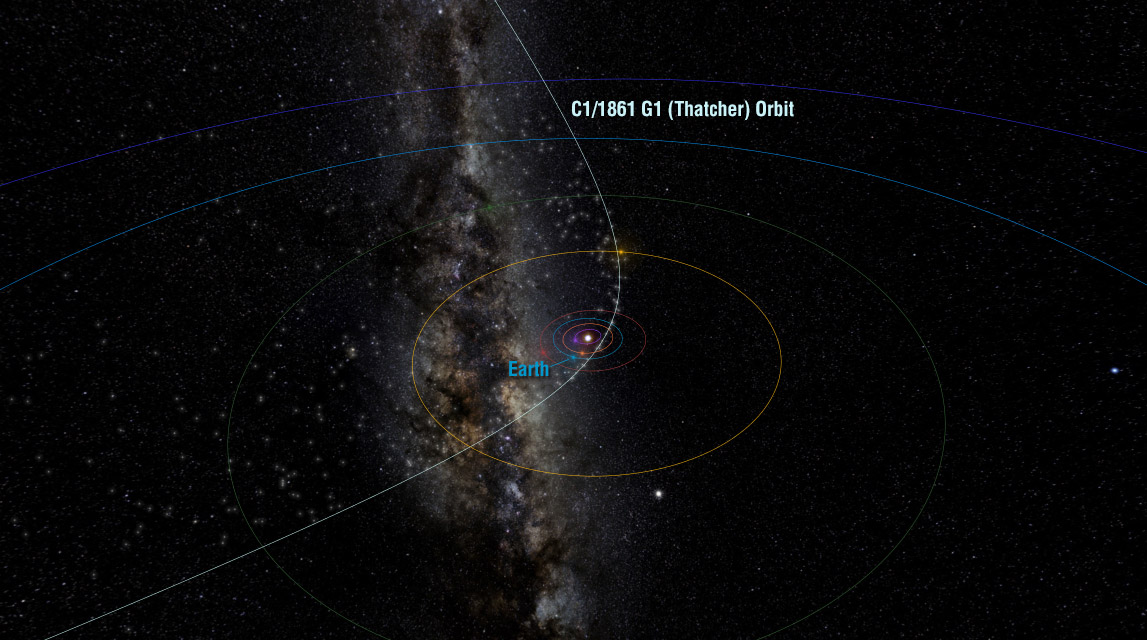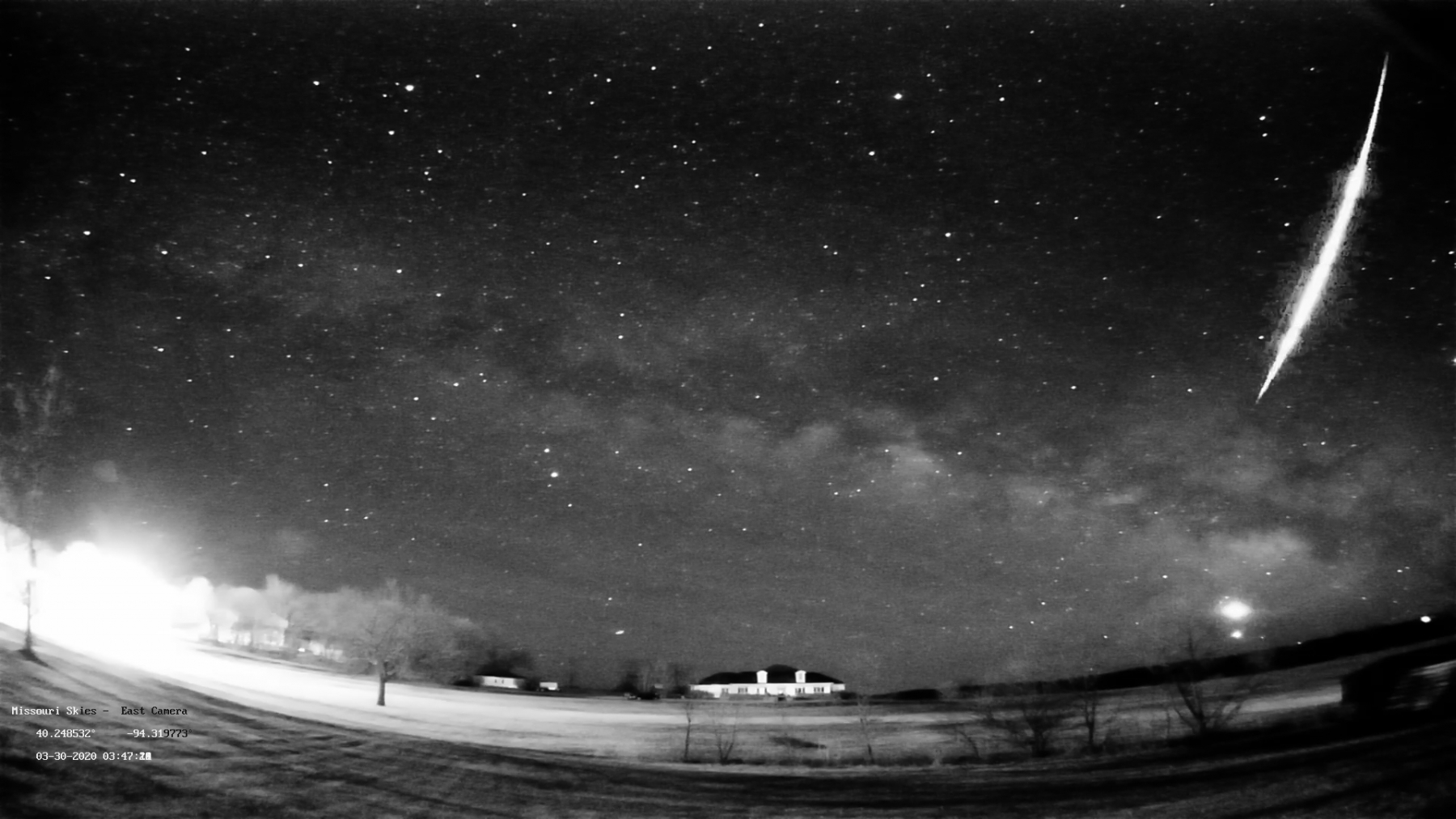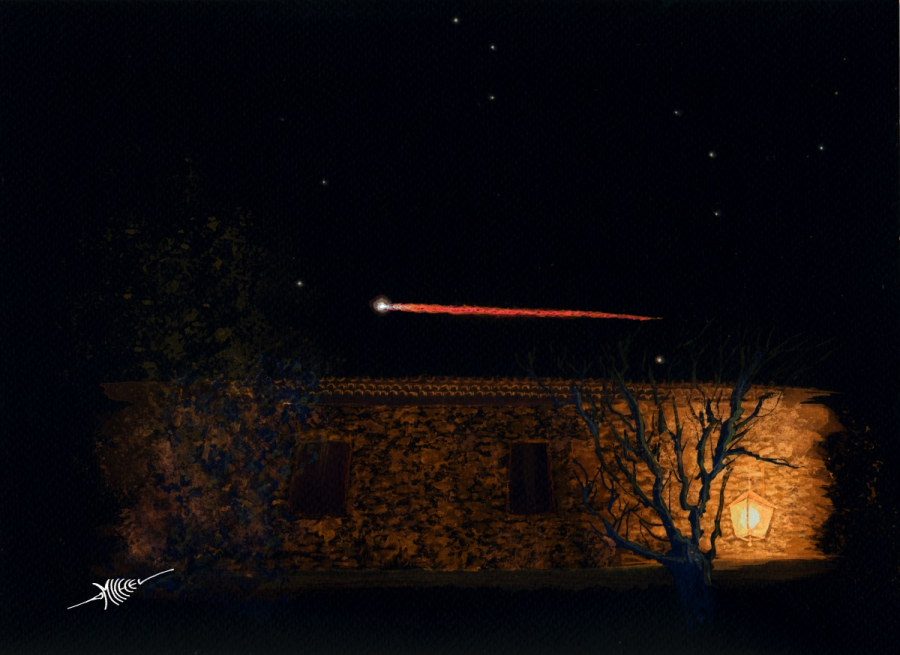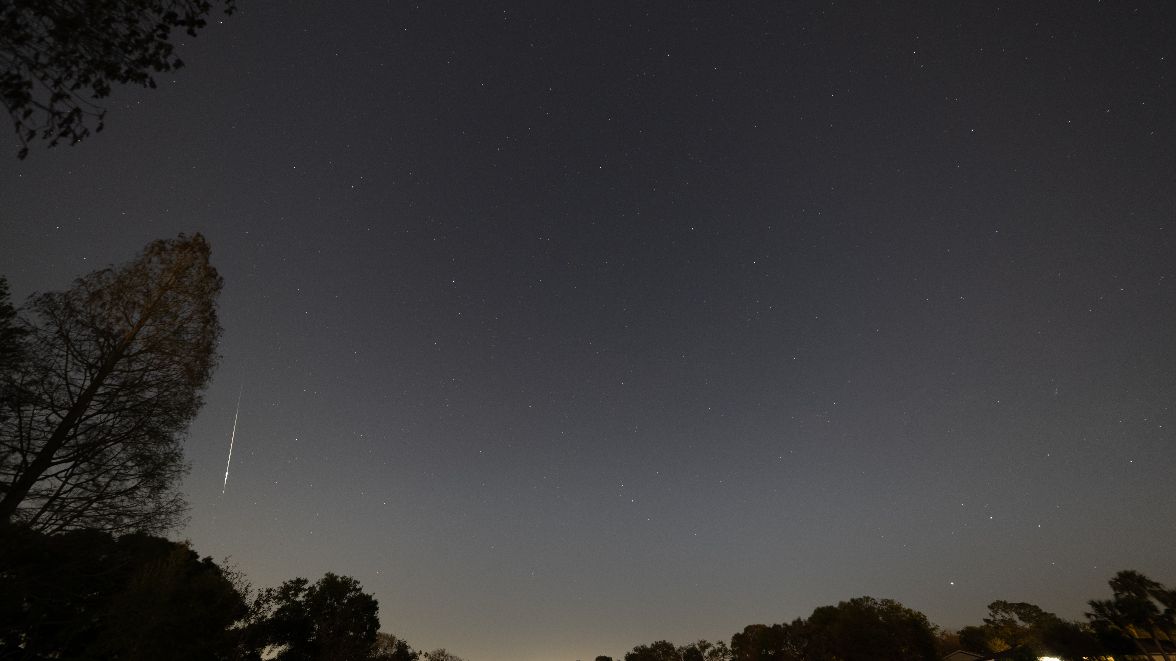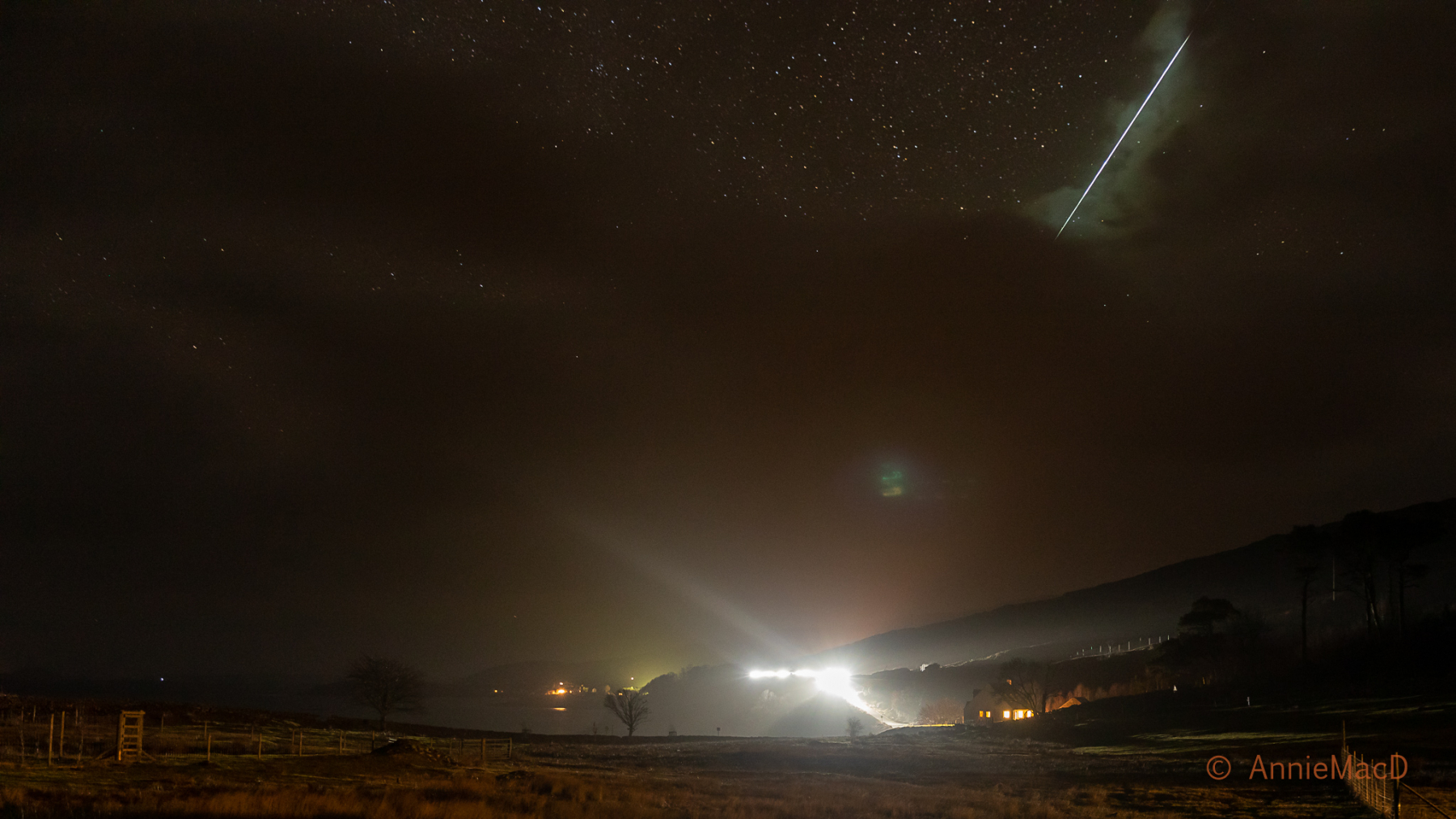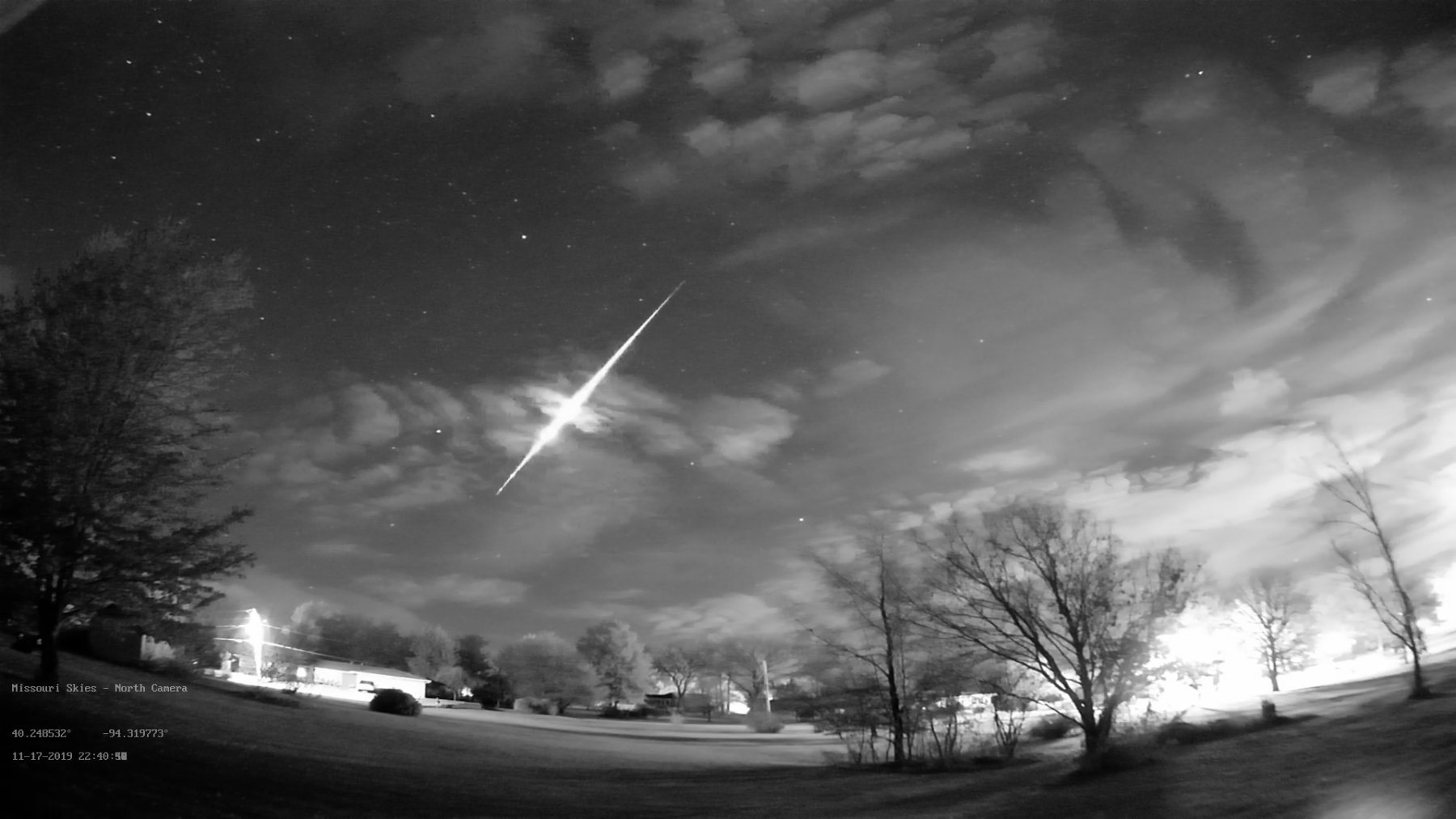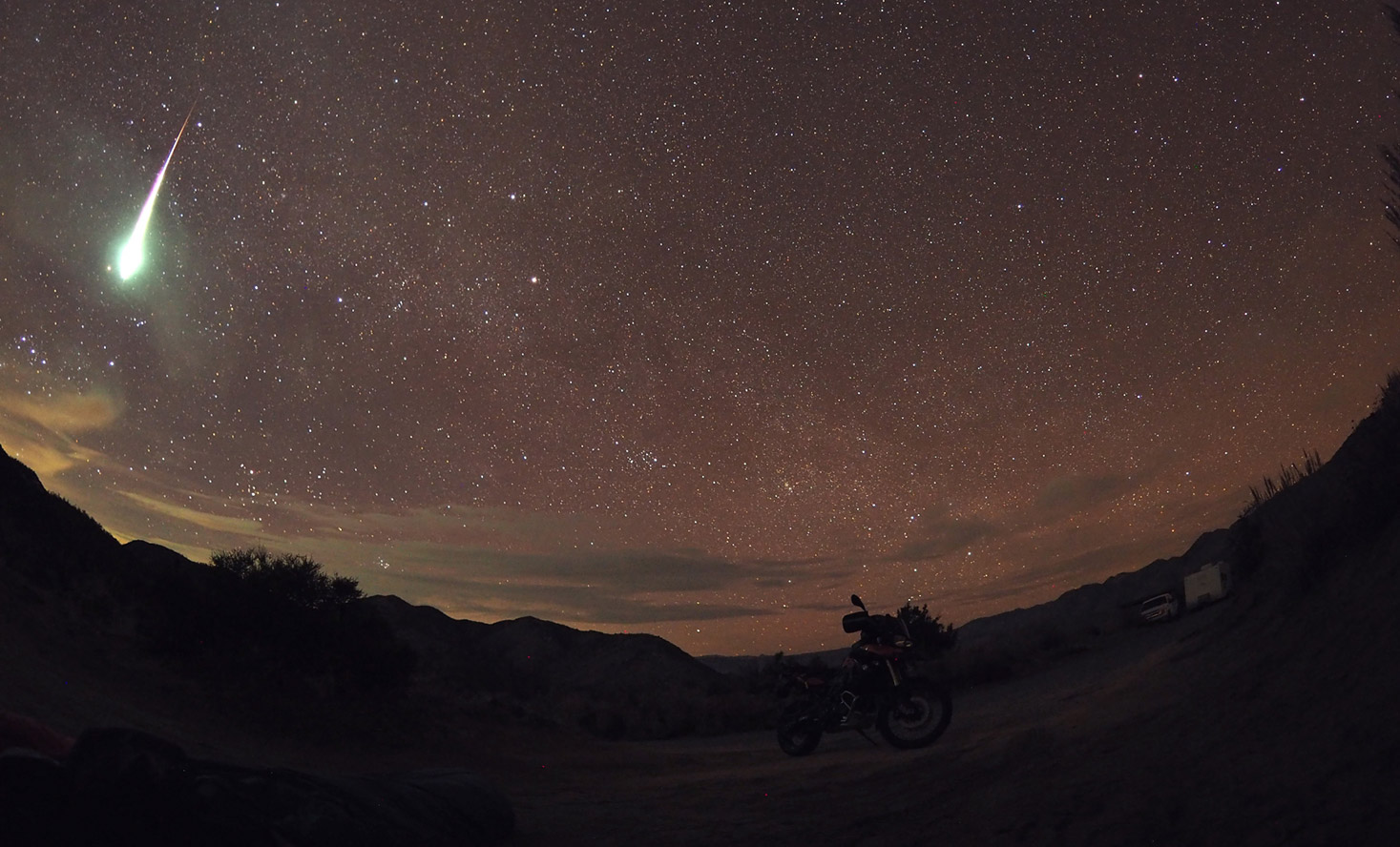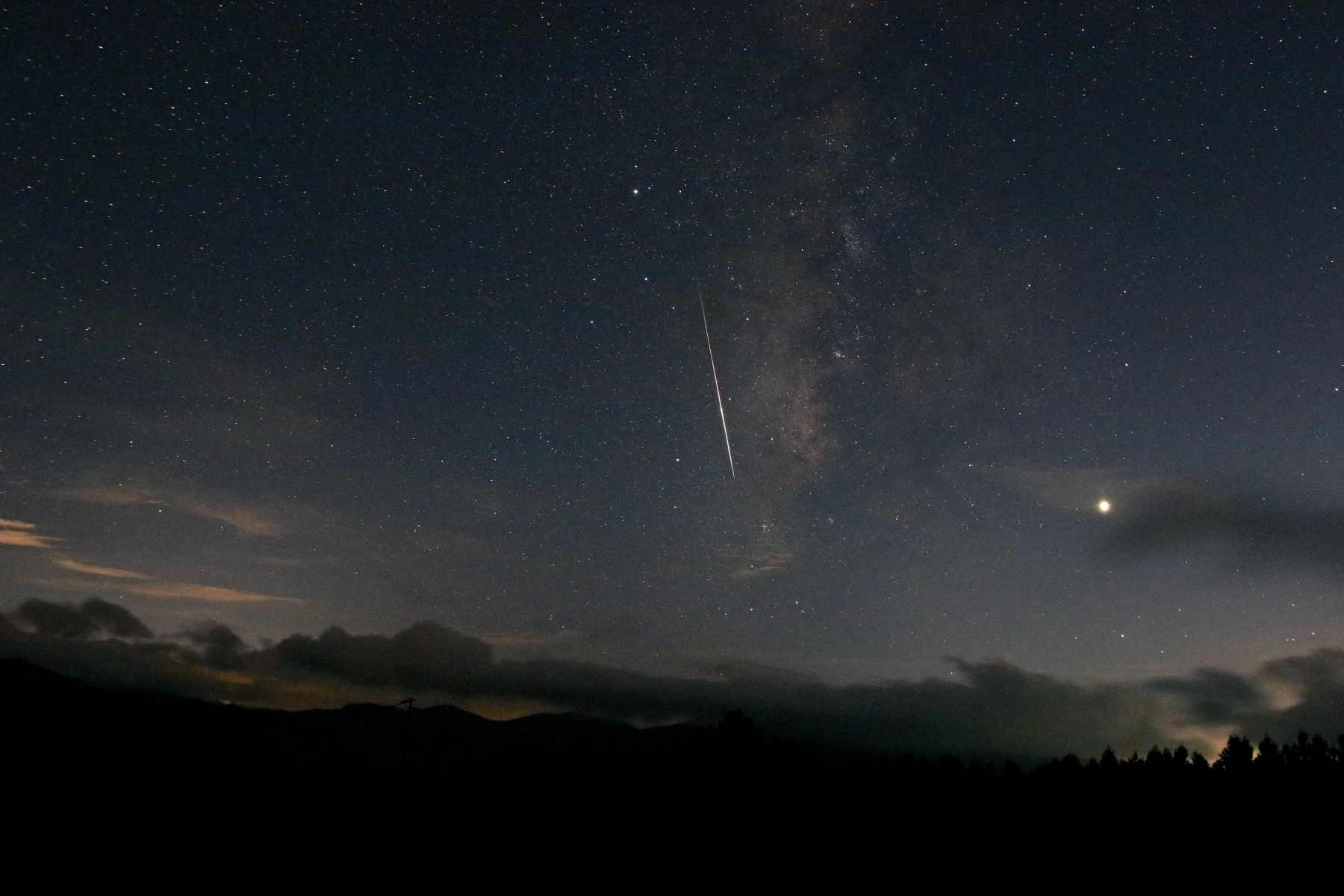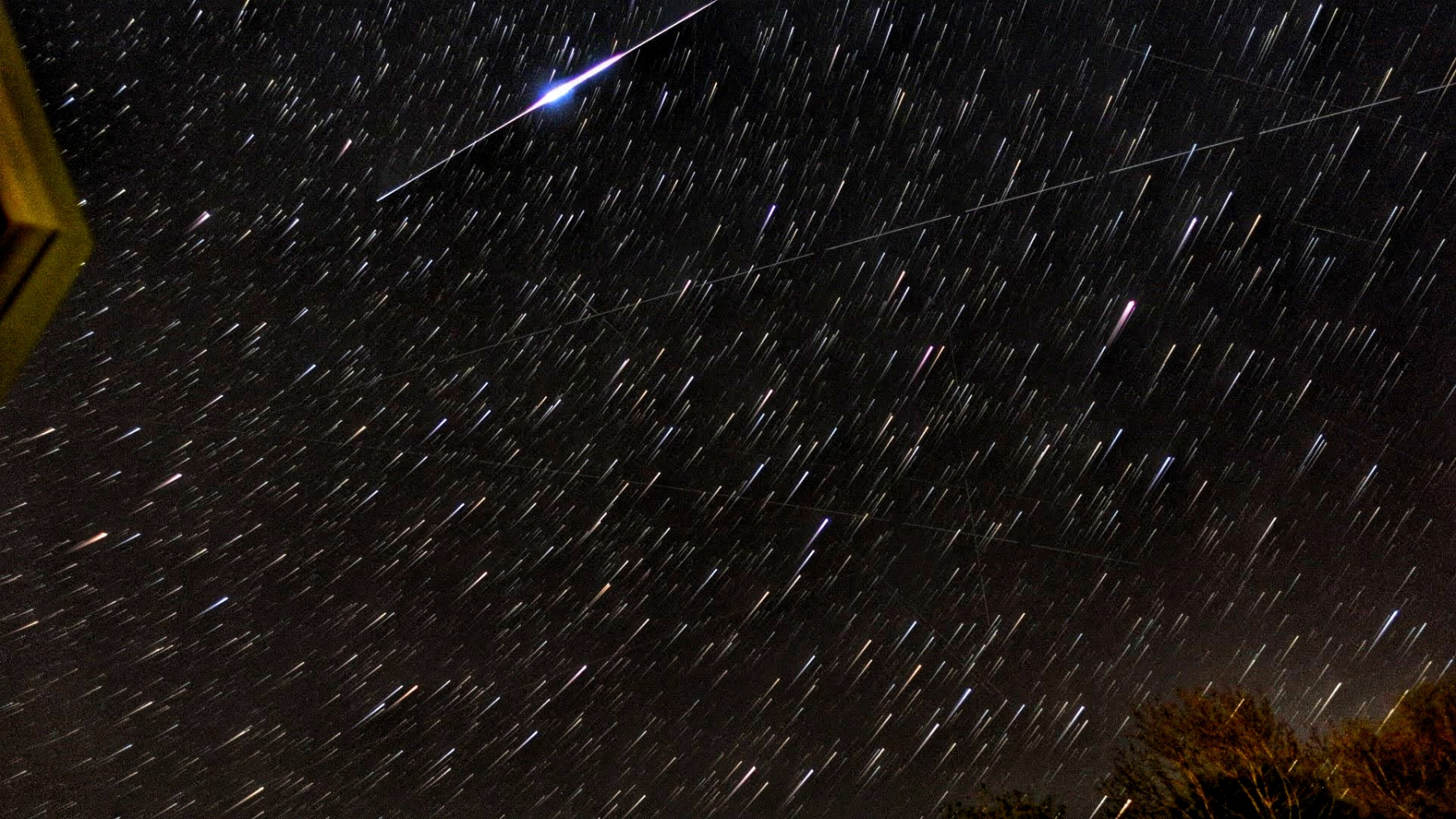
Meteor Activity Outlook for May 9-15, 2020
During this period, the moon reaches its last quarter phase on Thursday May 14th. At that time, the moon lies 90 degrees west the sun and will rise near 03:00 local daylight saving time (LDST). This weekend the waning gibbous moon will rise during the evening hours and will challenge the meteor observer by obscuring all but the brighter meteors.
 American Meteor Society
American Meteor Society



